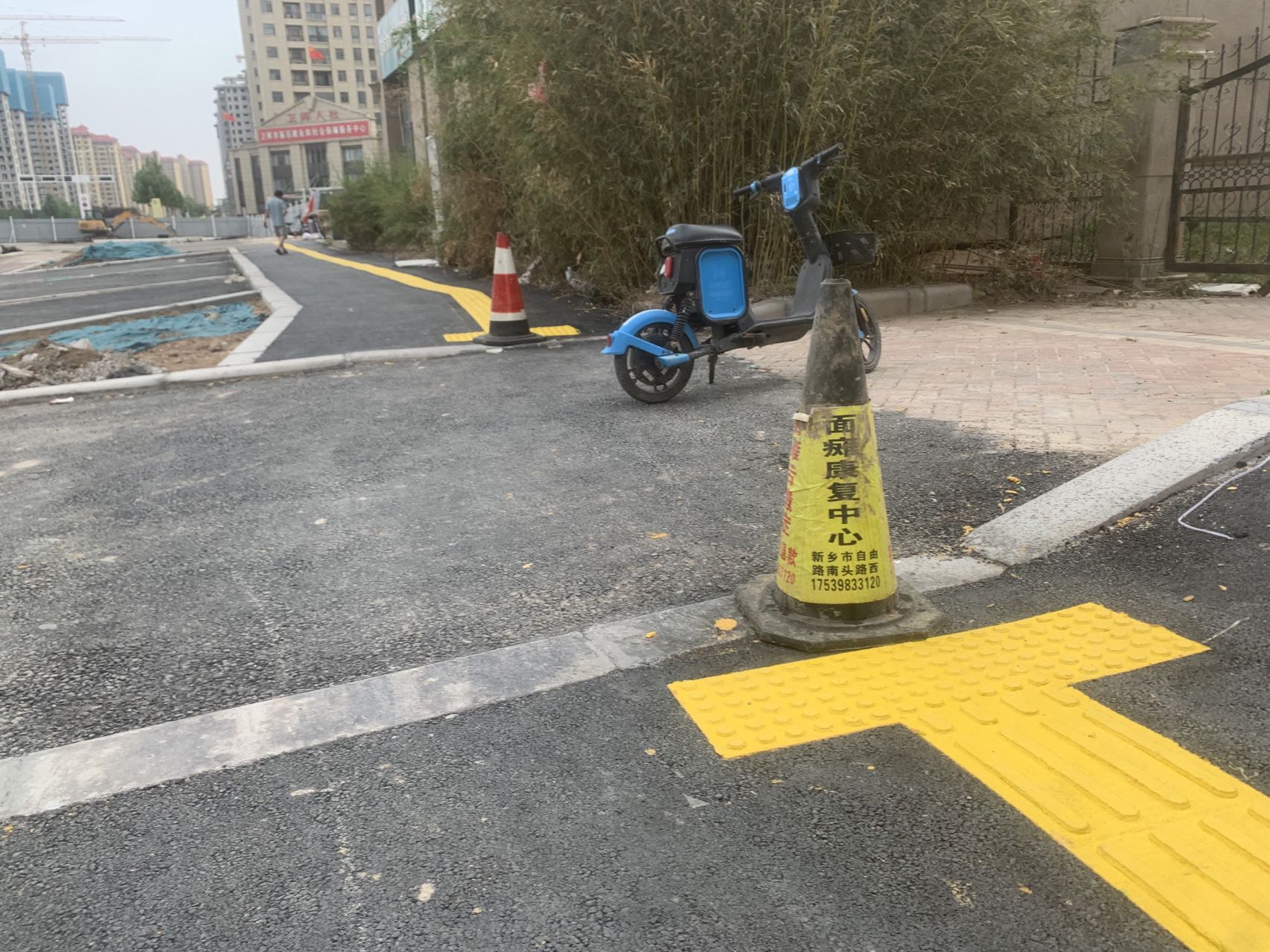Pricing Analysis for Polymer Diamond-Pattern Blind Pathways
In the evolving landscape of urban accessibility, polymer diamond-pattern blind pathways have emerged as a robust and innovative solution for visually impaired individuals. These pathways, featuring raised, diamond-shaped tactile elements embedded in a durable polymer material, offer superior guidance and safety compared to traditional concrete options. As cities strive to enhance inclusivity, understanding the pricing structure of polymer blind pathways becomes vital. This article explores the factors that influence the cost of polymer diamond-pattern blind pathways and provides insights into budgeting for such projects.

Factors Influencing Pricing
1. Material Costs:
- Polymer Type and Quality: The specific type of polymer used, such as polyurethane or polypropylene, and its quality directly impact the cost. High-performance polymers with enhanced durability and weather resistance tend to be more expensive.
- Tactile Elements: The material and manufacturing process for the tactile diamond elements, which can be integrated into the polymer or attached as separate components, contribute to the overall price.
2. Design and Customization:
- Pattern Complexity: The intricacy of the diamond pattern, including variations in size, spacing, and texture, can significantly influence the cost.
- Color and Branding: Adding custom colors or branding to the pathway requires specialized printing or dyeing processes, adding to the overall expenditure.
3. Manufacturing and Installation:
- Production Techniques: The method used to produce the polymer pathway, such as extrusion, molding, or casting, affects cost.
- Installation Requirements: Factors like surface preparation, adhesive or installation materials, and the complexity of the installation process all contribute to the final price.
4. Labor and Expertise:
- Specialized Labor: Installing polymer blind pathways requires skilled labor, particularly for tasks like precise alignment and bonding of tactile elements.
- Quality Assurance: Ensuring the pathway meets accessibility standards and maintains its integrity over time requires ongoing quality control and possibly specialized inspections.
5. Compliance and Permitting:
- Regulatory Standards: Adhering to local accessibility regulations and obtaining necessary permits can add to the project's costs.
6. Geographic Location:
- Regional Market Conditions: Material costs, labor rates, and economic conditions vary by region, impacting the overall pricing.
Pricing Ranges
Due to the multitude of factors influencing pricing, providing an exact cost range for polymer diamond-pattern blind pathways is challenging. However, based on industry experience and market analysis, here are some general guidelines:
- Basic Projects: For straightforward designs, standard materials, and minimal site preparation, prices may range from approximately 40to60 per square meter.
- Moderate Complexity: Projects involving intermediate design elements, typical site preparation, and mid-range materials can cost between 60and90 per square meter.
- High Complexity: Highly customized designs, extensive site preparation, and premium materials can push prices above $90 per square meter.
Tips for Budgeting and Cost Control
- Detailed Specifications: Clearly define your project specifications and requirements to obtain accurate quotes from suppliers and contractors.
- Cost-Benefit Analysis: Evaluate the cost-benefit ratio of different materials and designs to ensure you're getting the best value for your investment.
- Permitting and Compliance: Plan for timely permitting and compliance to avoid delays and additional costs.
- Competitive Bidding: Encourage competitive bidding among suppliers and contractors to secure the best possible pricing.
- Flexibility: Allow for some budget flexibility to accommodate unforeseen challenges or changes in scope.
Conclusion
Polymer diamond-pattern blind pathways offer a durable, high-quality solution for enhancing accessibility in urban environments. While pricing can be influenced by various factors, understanding these dynamics enables better budgeting and decision-making. By working closely with suppliers and contractors, considering the unique needs of your project, and prioritizing clear communication and continuous collaboration, you can ensure the delivery of a high-quality, accessible blind pathway within your financial constraints. Prioritize value engineering, compliance planning, and flexibility to achieve cost-effective and impactful results.





 Chinese brand Kunjie Materials Company is an environmentally friendly enterprise that provides colored anti-skid pavement, ceramic particle anti-skid pavement, water-based polymer colored pavement, pe...
Chinese brand Kunjie Materials Company is an environmentally friendly enterprise that provides colored anti-skid pavement, ceramic particle anti-skid pavement, water-based polymer colored pavement, pe...